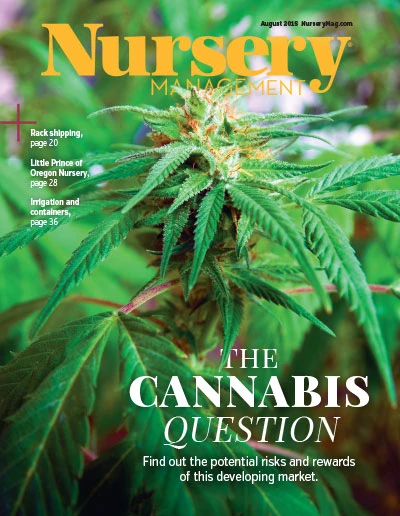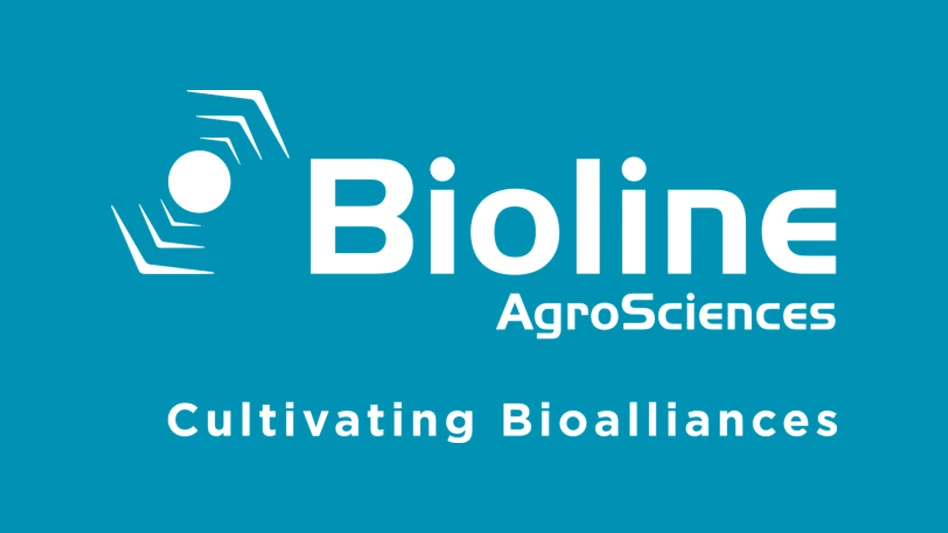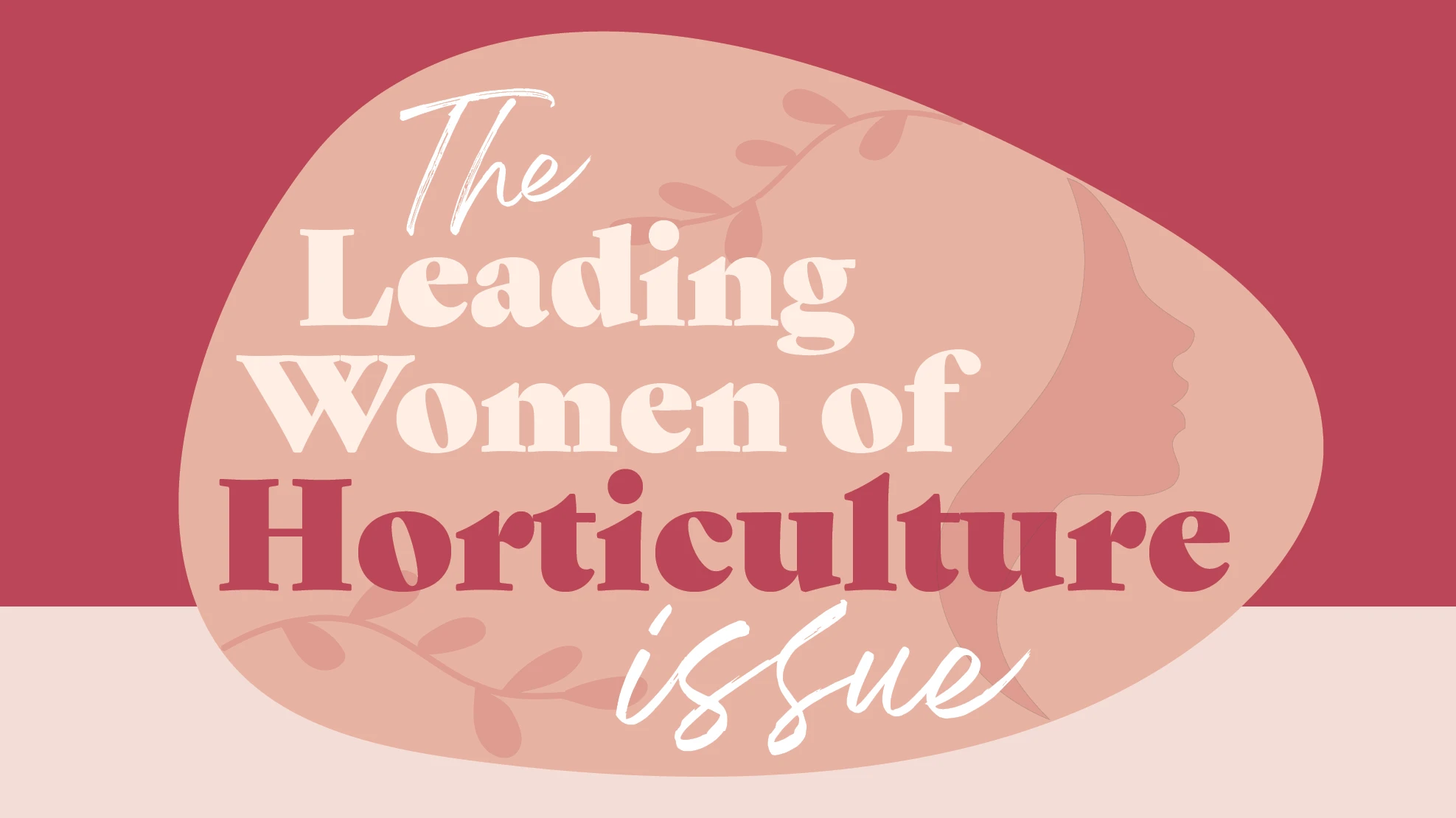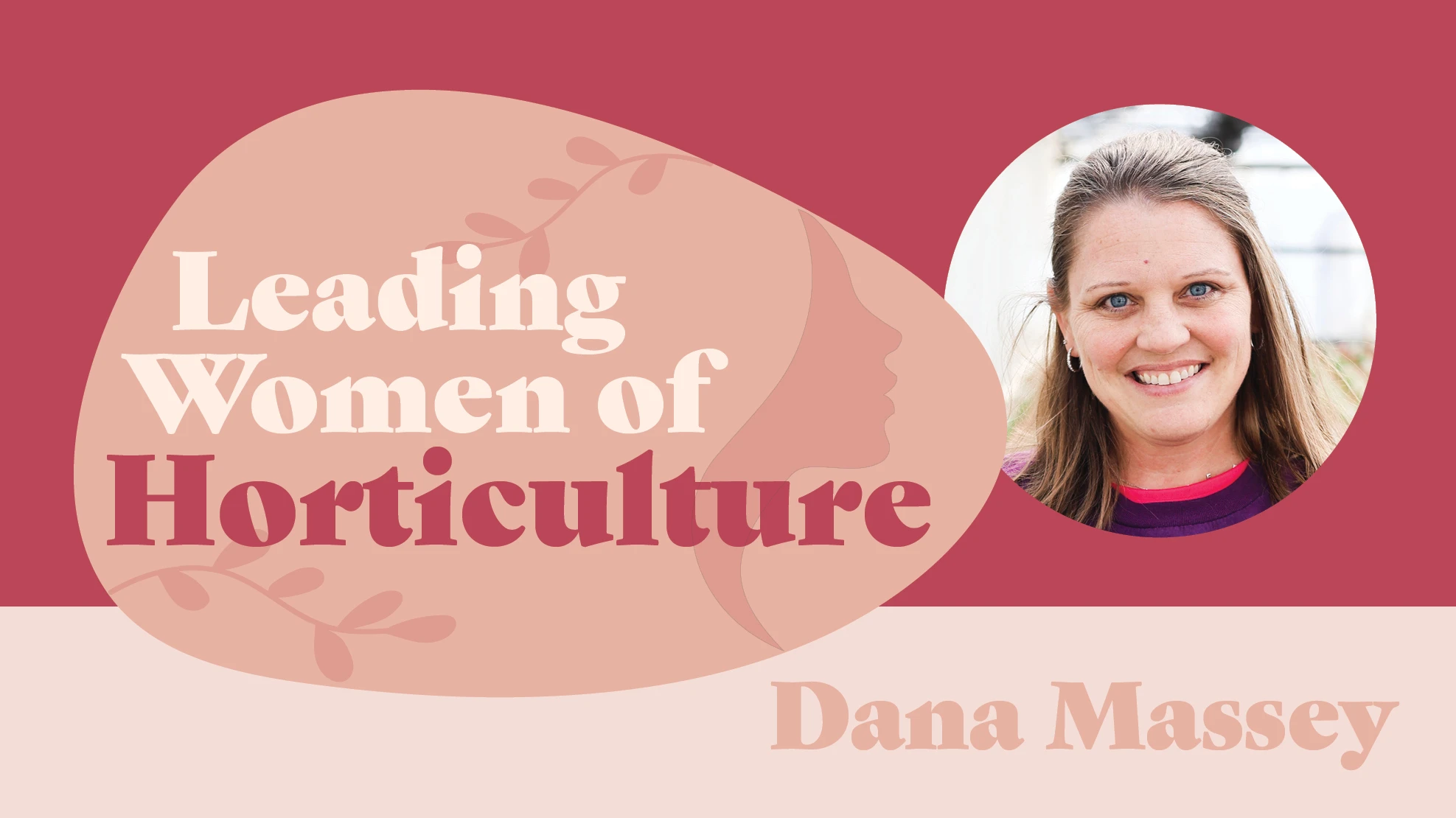
 Colleagues and I have recently set out to look into the metaphorical “black box” in which we grow ornamental plants – the container. We began with a singular question: What happens in the container when you water?
Colleagues and I have recently set out to look into the metaphorical “black box” in which we grow ornamental plants – the container. We began with a singular question: What happens in the container when you water?
Which in turn led to numerous questions. Does the water move as a front? If not, which path does the water take? How does the water carry or leave nutrients? How do water and nutrients interact with the growing media?
Which led us to the most important question: “How do I know I am getting the best bang for my buck?”
The “bang” is effectively delivering resources (i.e. water and nutrients), and the “buck” is doing so cost effectively, taking into account not just the raw resource, but also energy and time.
Assessing input and outputs
This is a continuation of a question I researched at North Carolina State University under the tutelage of Drs. Warren and Bilderback, in which we attempted to create a total budget (i.e. account for all) of applied water and nutrients over the duration of the season. This approach allowed us to determine how much of a given resource is utilized by the plant under a controlled experimental setting. Amazingly, we found that anywhere between 30 and 70 percent of applied nutrients or water is used by an individual plant. Colleagues and I have reported that more often than not, less than 50 percent of applied nutrients and water are used when measured in research or at a nursery. In addition, we are unable to account for all of the nutrients we apply to complete the aforementioned budget. The black box remained a mystery.
In response, we looked for a better tool. Lysimeters (i.e. scales that measure water as a function of weight; 1 mL = 1 gram) were used to better understand the inputs and outputs of the black box, enabling us to observe daily water flux (additions and subtractions) resulting from evapo-transpiration (i.e. water loss via evaporation and plant transpiration). This allowed us to determine when and how much water was leaving the container within small units of time (e.g. minutes to hours); however, it was difficult to glean information about an individual irrigation event. At best, we could observe constant state conditions at the end of an irrigation event, in which we could infer we had exceeded the capacity of the container to retain water, thus passing water through the container at a constant rate and leaching mineral nutrients. Now, similar instruments, including in situ volumetric water sensors, are better understood and readily available to growers to monitor or control irrigation for improved scheduling and subsequent water use efficiency. This is in large part thanks to ongoing research and cooperative extension collaborations with growers and allied suppliers.
Unlocking the black box
Knowledge garnered from our research and that of our colleagues has been a great step forward in understanding the container system. However, we remain behind soil science in understanding what happens to water when applied to soilless substrate, how water interacts with mineral nutrients, and the path the water takes before exiting or leaching from the container. Tyler Hoskins (with the assistance of Dr. Alex Niemiera from Virginia Tech and myself), a recent Master of Science graduate, sought to understand these phenomena in pine bark-based substrate used to produce ornamental plants in the southeastern United States. His first effort was to see the regularity of the wetting front (i.e. “wave” of water as it moves through the container).
The wetting front is quite uniform in a moist pine bark substrate with no roots. However, when plant roots are present, channeling of water may occur in which water takes a more direct path through the substrate, leaching without redistributing laterally in the substrate. Hoskins’ research observed water leaching began 40 percent sooner (leaching began at 36 seconds instead of 60 seconds) when roots were present. We hypothesize this was a result of localized drying of the substrate causing a greater than expected substrate moisture gradient in containers with plants. However, the entire substrate was similar across pots with or without plants. This exaggerated moisture gradient decreased over time with increased rooting depth, which highlights the importance of balancing water management with root development to maximize water efficiency. This may also be an issue when establishing plants using moisture sensors and conversely why picking up a container (i.e. weight) may not be adequate to assess if one needs to water. Based on this information one should not treat irrigation and fertigation synonymously. One may be able to increase efficiency of fertilizer delivery by pre-wetting the substrate via a pulse or cyclic irrigation event(s) (i.e. applying a portion of an irrigation event in one of many cycles or pulses) of water that brings the container system closer to maximum moisture content and decreases the overall moisture gradient followed by a fertigation event. The fertigation event should deliver less or an equal amount of volume that the container can contain in a normal irrigation event (e.g. a 1-gal container at 50 percent container capacity can hold no more than approximately 1/3 gal of plant available water). This will ensure that applied fertilizer displaces existing water, but minimally channels or leaches from the container when applied. These initial findings begged the question of how does solute (i.e. nutrient solution) move through substrate?
We investigated nutrient breakthrough during a fertigation event in an un-saturated (near maximum water holding capacity) and saturated (no air) container system to ensure we understand the solute-substrate interaction. The movement of solute is affected by pore or channel size and the degree to which they are interconnected. Water channeled through macro-pores had difficulty accessing micro-pores in the substrate. Fertilizer solution filled and leached from these pores slower providing some, but not much, retention of applied nutrients. Nutrients begin to leach from the container before reaching maximum capacity, highlighting that we should be cautious with the amount we apply to ensure we do not wash fertilizer (i.e. money) down the drain. In addition, anions (negatively charged ions; nitrate and phosphate) interact very little with the substrate during an irrigation event; however, cations (positively charged ion; potassium or ammonium) can bind to exchange sites on the substrate and even displace similar ions such as calcium that were previously added as an amendment (i.e. lime).
 Armed with this new knowledge, we wanted to put all the pieces of the puzzle together. A controlled release fertilizer was applied to a pH-adjusted pine bark substrate, with no plants, using three methods: top-dressed on the substrate surface, incorporated throughout the substrate, or placed in the center of the container (i.e. dibble). Mineral nutrients immediately leached, at their highest concentration when fertilizer was top-dressed or incorporated. A lag in fertilizer leaching was observed when fertilizer was applied as a dibble. Regardless of fertilizer application method, the concentration of mineral nutrients decreased in the leachate the more the container was leached, until they nutrients were no longer detectable. This combines the aforementioned findings, in which the non-uniform wetting front results in channeling of nutrients from the controlled-release fertilizer.
Armed with this new knowledge, we wanted to put all the pieces of the puzzle together. A controlled release fertilizer was applied to a pH-adjusted pine bark substrate, with no plants, using three methods: top-dressed on the substrate surface, incorporated throughout the substrate, or placed in the center of the container (i.e. dibble). Mineral nutrients immediately leached, at their highest concentration when fertilizer was top-dressed or incorporated. A lag in fertilizer leaching was observed when fertilizer was applied as a dibble. Regardless of fertilizer application method, the concentration of mineral nutrients decreased in the leachate the more the container was leached, until they nutrients were no longer detectable. This combines the aforementioned findings, in which the non-uniform wetting front results in channeling of nutrients from the controlled-release fertilizer.
This water first leaches macro-pores and slowly removes mineral nutrients from smaller, less accessible pores within the substrate. In addition, the controlled-release fertilizer cannot release mineral nutrients (i.e. recharge the pore-water) at the same rate as water moving through the container, minimizing fertilizer waste. The results of this research have prompted our group recently to rethink fertilizer application or placement in hopes to further increase nutrient retention and subsequent crop nutrient use efficiency. This new knowledge provided some answers to our original questions, but also created more.
More questions and opportunities
How will hydrology of substrates differ when composed of different components?
Jeb Fields, a Virginia Tech PhD student, is currently modeling substrate hydrology (water or solute movement in growing media) using HYDRUS 1D to understand how water moves through varying soilless substrates, including sphagnum peat-based greenhouse mixtures. Research to date has agreed with previous findings from Hoskins et al. and provided more detailed information on the rate of solute movement and how to adjust substrate pore size to decrease channeling and slow the rate of water movement through the container. In addition, we have hypothesized that the initial leaching observed is concurrently occurring as the container actually fills from the bottom. This occurs because water applied to the surface channels, reaching the bottom of the container more quickly that water redistributes laterally in the substrate, thus filling the container from the bottom. His theory has been confirmed via the model, however, not validated.
This further helps explain phenomena observed in previously discussed wetting front research. We are diligently working to validate the models and ensure the use of this new tool when engineering new substrates for use in ornamental crop production.
Do anions, namely phosphorus, interact with the substrate or amendments?
Jake Shreckhise, a Virginia Tech PhD student, is working to further enhance phosphorus nutrient use efficiency of containerized ornamental crops by determining the fate of phosphorus. We have inferred and modeled that phosphorus interacts with amendments, such as lime, micronutrients and aluminum sulfate in the case of Hydrangea macrophyllla production, added at the time of potting. These additives potentially interact with phosphate to form precipitates reducing availability. In addition, organic acids from soilless substrate components (and amendments) may interact with phosphate chemistry via metal bridges, subsequently removing phosphate from the substrate solution. Research underway hopes to identify the fate of phosphorus and determine what fraction of applied phosphorus remains available to the plant. This will then be used to further refine taxa-specific phosphorus fertilization rates being investigated in eastern and western Virginia.
Where do we go from here?
Past and current research has begun to shed light on the significance and complexity of the substrate, water and fertilizer interaction in ornamental crop production. The container system is no longer considered an inert reservoir in which we apply excess water and nutrients, but instead, a ‘bank’ of replenishable resources that needs to be carefully considered to environmentally and cost effectively produce containerized crops. Neither substrate components, water nor mineral nutrients can be taken for granted after the economic crisis of the last decade and the ever-changing landscape of resource availability. We are diligently working to understand how best to apply resources to maximize use; however, we remain in the early stages of our understanding of the system in its entirety. In the coming years, we hope to have a more holistic, ever-evolving approach to growing, taking into account growers’ insights, research and extension activities to continually optimize production.
Jim Owen Jr. is an Assistant Professor in the Department of Horticulture and Nursery Crops Extension Specialist at Virginia Tech. Jim is located in southeastern Virginia at the Hampton Roads Agricultural Research and Extension Center in Virginia Beach. jsowen@vt.edu.
Get curated news on YOUR industry.
Enter your email to receive our newsletters.
Explore the August 2015 Issue
Check out more from this issue and find your next story to read.
Latest from Nursery Management
- Leading Women of Horticulture: Katie Dubow, Garden Media Group, and Aubry Field, Lizzy Blossom
- Leading Women of Horticulture: Arden Pontasch, North Creek Nurseries
- Super Charged Moon Juice from Moon Valley Nurseries now available nationally
- 2025 Proven Winners Horticulture Scholarship applications now open
- Leading Women of Horticulture: Anna Ball, Ball Hort, and Terri McEnaney, Bailey Nurseries
- Leading Women of Horticulture: Crystal Cady and Elizabeth Brentano
- USDA fires experts on invasive pests, including Asian citrus psyllid, chilli thrips
- Dümmen Orange North America celebrating 25th anniversary in 2025






